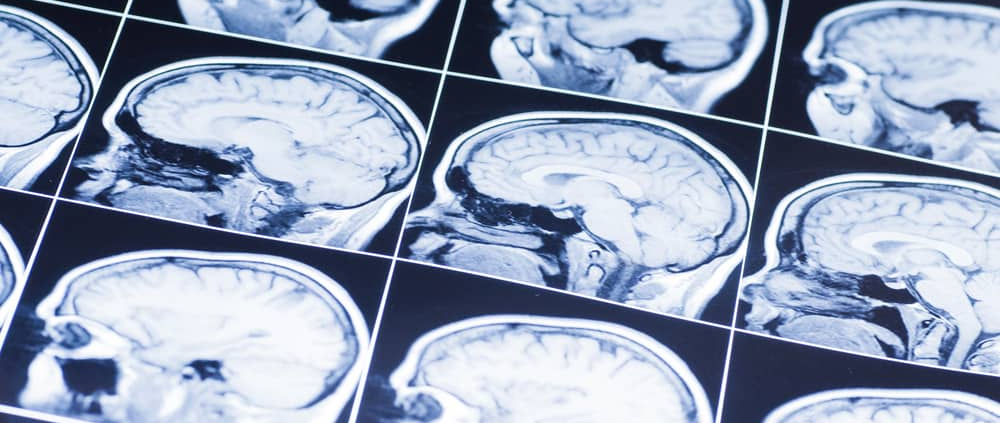Understanding the Three Most Common Types of Traumatic Brain Injuries
Traumatic brain injuries (TBIs) are a serious public health concern, often resulting from accidents such as falls, car crashes, sports injuries, or violent assaults. While concussions are a well-known type of TBI, other, more severe forms can have lasting impacts on victims’ lives. Understanding the different types of TBIs and their causes is crucial for prevention, early recognition, and appropriate treatment.
Consider the case of Marita, a 32-year-old woman who sustained a traumatic brain injury (TBI) in a car accident. Marita was driving home from work one evening when another driver ran a red light and collided with her vehicle at high speed. The impact caused her car to spin out of control before coming to a halt against a roadside barrier.
Emergency responders arrived at the scene and found Marita unconscious and trapped in her car. They carefully extricated her from the wreckage and rushed her to the nearest trauma center. Upon arrival, Marita was diagnosed with a severe TBI resulting from the force of the collision.
In the following days, Marita remained in a coma as medical professionals monitored her condition closely. Imaging studies revealed extensive brain swelling and hemorrhage, indicating significant damage to various regions of her brain. Despite the efforts of the medical team to stabilize her condition and reduce intracranial pressure, Marita’s prognosis remained uncertain.
As Marita gradually emerged from the coma, her family and caregivers faced the daunting challenge of navigating her long road to recovery. She experienced a myriad of physical, cognitive, and emotional challenges, including difficulty with speech and language, impaired memory and concentration, and emotional outbursts. Simple tasks that were once routine now posed significant obstacles for Marita as she struggled to regain independence and rebuild her life. Over time, with intensive rehabilitation and ongoing support from her healthcare team, Marita made remarkable progress in her recovery journey. Although she continued to face setbacks and obstacles along the way, her resilience and determination inspired those around her. Through sheer determination and the unwavering support of her loved ones, Marita gradually reclaimed aspects of her life. She found a new purpose despite the lasting impact of her traumatic brain injury.
Marita’s story highlights the profound impact of traumatic brain injuries on individuals and their families. It underscores the importance of early intervention, comprehensive rehabilitation, and a supportive care network in facilitating recovery and maximizing outcomes for TBI survivors. While the journey may be challenging, stories like Marita’s serve as a testament to the human spirit’s capacity for resilience and adaptation in the face of adversity.
Here, we delve into the three most common types of traumatic brain injuries and the circumstances that lead to their occurrence.
- Concussion:Concussions are the most common and least severe type of TBI. They occur when a sudden jolt or blow to the head causes the brain to shake within the skull. This shaking can temporarily disrupt brain function, resulting in headaches, confusion, dizziness, nausea, sensitivity to light or noise, and cognitive difficulties. Most concussions resolve with rest and time, but repeated concussions can have cumulative effects and increase the risk of long-term complications.
Causes: Concussions commonly occur in contact sports like football, hockey, soccer, and basketball, where collisions and falls are frequent. They can also result from motor vehicle accidents, falls, or workplace injuries.
- Contusion:Contusions are bruises on the brain caused by direct impact or force to the head. Unlike concussions, which involve diffuse brain injury, contusions are localized injuries characterized by bleeding and swelling in the brain tissue. Depending on their severity and location, contusions can lead to various neurological deficits and complications, including cognitive impairments, motor dysfunction, and even coma.
Causes: Contusions often result from high-impact accidents such as falls from heights, car crashes, or physical assaults involving blunt force trauma to the head.
- Diffuse Axonal Injury (DAI):DAI is a severe TBI characterized by widespread damage to the brain’s white matter fibers, called axons, due to rapid acceleration or deceleration forces. These injuries disrupt the brain’s communication networks and can lead to significant neurological impairments, including coma, persistent vegetative state, or even death. DAI is particularly insidious because it may not always be evident in imaging studies and can result in long-term cognitive, motor, and behavioral deficits.
Causes: DAI commonly occurs in high-speed motor vehicle accidents, especially those involving sudden stops or rotational forces that cause the brain to accelerate and decelerate within the skull rapidly. It can also result from severe falls or violent shaking, as seen in cases of abusive head trauma in infants and toddlers.
Prevention
Preventing traumatic brain injuries requires a multifaceted approach, including education, proper safety measures, and injury mitigation strategies. Wearing helmets during sports and recreational activities, using vehicle seat belts, implementing workplace safety protocols, and reducing the risk of falls in older adults are essential preventive measures. Moreover, prompt recognition and appropriate management of TBIs, including medical evaluation and rehabilitation, are crucial for optimizing outcomes and minimizing long-term disability.
Remember, traumatic brain injuries encompass a spectrum of severity, with concussions being the most common and DAI representing the most severe end of the spectrum. Understanding the distinct types of TBIs and their underlying causes is essential for promoting injury prevention, improving diagnostic accuracy, and delivering timely and effective interventions for those affected by these life-altering injuries.
Legal Guidance
Have you or a loved one suffered from a traumatic brain injury? Contact the knowledgeable and experienced Personal Injury Law Firm of Figeroux & Associates. We will pursue the maximum settlement for you—no settlement, no fee. Call us today at 855-768-8845 or visit www.askthelawyer.us to schedule an appointment. The lawyer you hire does make a difference!




Leave a Reply
Want to join the discussion?Feel free to contribute!